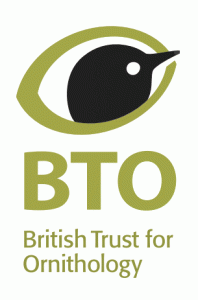Want to learn more about the Goldfinch? Our Goldfinch bird guide will help you spot them, become familiar with their song and learn how to help them in your garden. You can find them up and down most of the UK. Flocking in groups of up to 100, they often dominate gardens and bird feeders. Although similar in appearance, male and female Goldfinches have one distinct difference. Males have larger, curved beaks, so can extract seeds from teasel, whereas females can’t. If you want to help them, they love sunflower hearts and little insects.
To find out more about other birds, take a look at our interactive bird guide.

About
Goldfinches can be recognised by the distinctive yellow flashes on their wings and red white and black markings on their faces
Locations
Goldfinches can be spotted in most areas across the UK
Habitat
Woodlands, farmland, open countryside and gardens
Diet
Small seeds and some insects
Breeding
Breeding season is from April to September. Goldfinches will lay two broods per year, each with 4-6 eggs. Goldfinch nests are made from moss, roots and spider silk. They are usually positioned within a bush or tree. Eggs are pale blue with red markings and incubation takes between 13 and 15 days
BTO Facts
According to Garden BirdWatch data, which has been collected since 1995, they are most frequently seen in gardens during April, in around 51% of gardens. However, Goldfinches have increased drastically in gardens since Garden BirdWatch began. The provision of supplementary food in gardens is thought to be a significant factor in this increase. This especially includes the provision of nyger seed and sunflower hearts in gardens.




